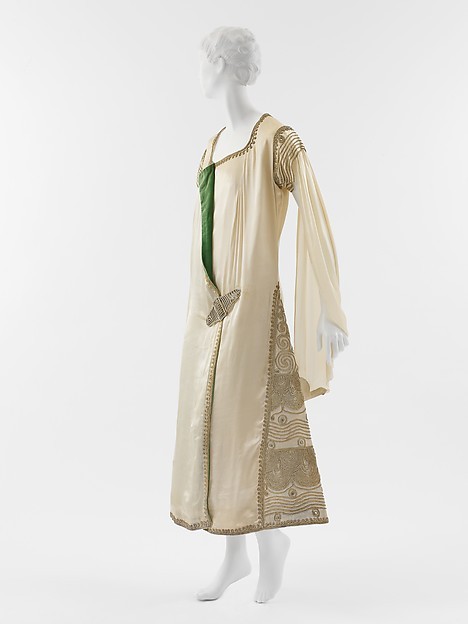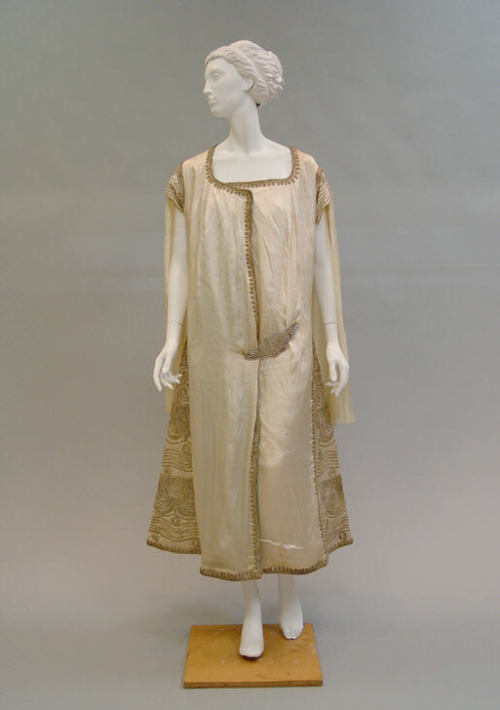#vintage evening dress
The Big Reveal in the 1950s, Or Simplicity 9536
The reveal comes when you take off the bolero jacket and reveal the strapless dress beneath. Notice how the white, strapless version is clearly an important summer event. She has a flower corsage pinned to her belt and strappy, high heels. This fits with the fabric suggestion of taffeta, faille, or shantung which would have been made of silk. The blue and white version has straps and because it is gingham, it is not so daring in its appearance. Notice that the pink version has flat shoes too, an indication this might be a picnic or other low-key weekend event. This fits with the fabric suggestions of chambray, pique, seersucker or lightweight denim which would all be made of cotton.
This combination – bolero over revealing dress–was very common during the 1950s. It solved the problem of going out without revealing much until you got to your destination, or warming up when the evening turned cool. The bolero here is very simple. It has cut-on sleeves, little jaunty cuffs, a single buttons, and darts front and back to fit to the body. The dress is more complicated despite the “easy-to-sew” designation, as sign of a high level of home dressmaking skill at the time. Both the strapped and strapless version are supposed to be boned through the bodice, and both are trimmed with self-trim bias-cut fabric which is able to follow the curves of the neckline. The large pockets have fold-back flaps.
Of course, it was a look that was first popularized by Christian Dior in 1947, the New Look with soft shoulders, small waist, and long, luxurious flared skirts. The width of these skirts also indicates they were worn with a petticoat which fluffed out at the hemline. While lower calf lengths were the preference of Dior that year, the long skirts had crept up a inch by inch by the end of the 1950s. These fall a bit below the knee.
This is a re-issued pattern, so it comes in modern sizes. Find it at your local fabric store or online here: https://simplicity.com/simplicity/s9536
Post link









